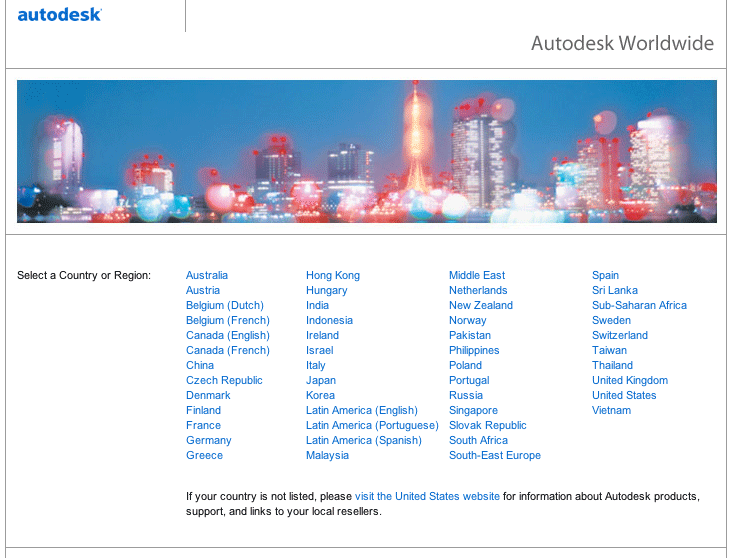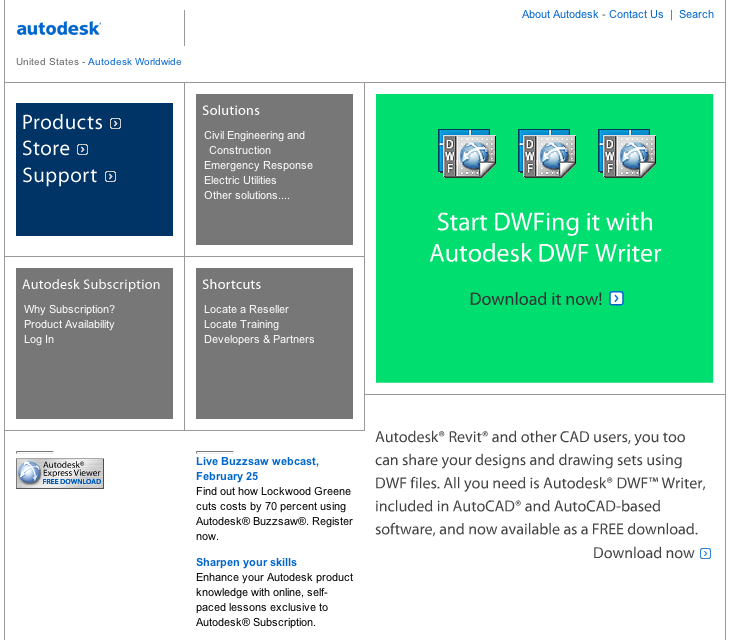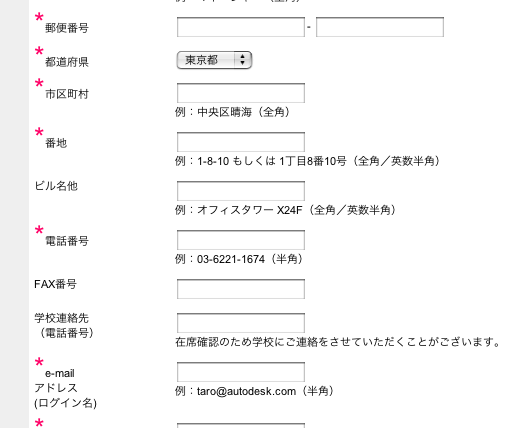The San Francisco Chronicle recently interviewed with Carol Bartz, chairman, president, and chief executive officer of Autodesk. Clearly, this is one company commited to taking full advantage of globalization — be it through offshoring jobs or selling products around the world.
You can read the full interview here. Here’s an interesting excerpt:
- My favorite way of explaining Autodesk is that if one of my customers didn’t design it, God must have. Because almost anything you look at — look at this beautiful conference table. The machines that milled this table my customers did.
The best thing that ever happened to our company was the Internet and the globalization that resulted from it. Because now engineers, manufacturers and architects in Atlanta can bid on a stadium project in Shanghai. You not only need to have good authoring of information about how to build that stadium, you also need to know how to move design information around and manage it through the process. That’s the next huge wave and a big potential for our company.
Q: Does being out there selling those products and services give you insight into how big off-shoring is going to be?
A: Sure. But let me give you an interesting live example. There’s a company in Tennessee run by a couple of guys who design wood pellet stoves. It’s a wood stove that burns these pellets that are kind of compressed fake wood. They had the design. They needed to get it manufactured. They couldn’t find anybody locally to manufacture it.
They went up on the Web and via the Web found a manufacturer in China. Then through the whole process of sending drawings back and forth and communicating over the Internet, they set up a manufacturing partner in China without even having gone there. They’re up to about $5 million in sales. Now this company, which is a customer of ours, wouldn’t even exist without the structure they put into place.
Is this just a “warm and fuzzy”anecdote that Carol uses to draw attention from the widespread white-collar bloodletting that offshoring has resulted in? Perhaps, but she has a good point about the Internet.
With a Web site and a merchant account, a small company like mine can do business in 100+ countries; we’ve sold reports throughout Europe and Asia without opening offices there. With a Web site and a little creative promotion, small companies can compete effectively with their much-larger competitors.
So how Autodesk Web site rate globally?
Just for kicks, I took a look at the Autodesk site. They make use of a splash global gateway, shown below:

Once you select a country, a cookie is stored on your computer with your preference. In this case, I selected United States and I landed here:

The next time I input www.autodesk.com I will be taken directly to the US home page.
Now, let’s just suppose I arrived at the global gateway and clicked on the Japan link instead. I would have been taken to the Japan home page, shown below:

I appreciate the consistent global design that Autodesk is using, but I quickly notice a problem; I don’t speak Japanese, and now I don’t know how to get back to the US home page, or any English-language Web page. The cookie stored on my computer now thinks that I prefer the Japanese home page and won’t take me to that global gateway when I reenter www.autodesk.com. Try it yourself and see.
So now what do I do?
I try clicking on the Autodesk logo, as some site will link the logo to the gateway; no luck with this site. So I try clicking on the Japanese text below the logo, shown here:

Fortunately, that link takes me back to the gateway, where I can reset my cookie by clicking the United States link again. To avoid this problem, Autodesk should use a visual global gateway link on all of its country Web sites in addition to the textual links. I recommend a globe icon; I realize that this icon is often deried by Web designers as a cliche, but in this case, it is a very usable cliche. This icon would have saved me a bit of momentary confusion and will likely save a fair number of Web users frustration.
Overall, Autodesk has invested a fair amount of resources into Web globalization. One way I can tell is that I always seek out the date input and output sections of a site, as it is these places that require the greatest amount of time and resources.
Here is an excerpt from a localized input form:

Notice the use of a Japanese name (as opposed to “johndoe@autodesk.com”) to explain how to correctly input an email address. Details like this make all the difference in Web localization.
